Sapphires are among the most popular and sought-after gemstones in the world. Known for their deep blue hues (though they also come in pink, yellow, green, and more), sapphires are often used in engagement rings, fine jewelry, and family heirlooms. But with so many options on the market—and prices that range from $50 to $5,000+—how can you tell if a sapphire is natural or lab-created?

If you're shopping for a sapphire ring or already own one and are simply curious, here’s a down-to-earth guide to help you spot the difference between natural and synthetic sapphires without needing a lab coat or microscope.
🔍 Natural vs. Lab-Created: What’s the Real Difference?
Let’s get one thing straight: lab-created sapphires are real sapphires. Chemically, optically, and physically, they’re nearly identical to natural ones. The difference lies in their origin—a natural sapphire forms deep within the earth over millions of years, while a lab-created sapphire is grown in a high-tech environment over weeks or months.
So when people say “real” sapphire, they usually mean natural (mined). Lab sapphires are real, too—but not natural.

💡 Key Signs to Help You Spot the Difference
-
Inclusions (Tiny Flaws Inside the Stone)
Natural sapphires usually have tiny imperfections or “inclusions” caused by minerals, gas, or even other crystals during their growth underground. Lab-created sapphires are often flawless or contain curved growth lines, gas bubbles, or patterns that don’t exist in nature. Tip: If your sapphire looks “too perfect,” it may be lab-created—but that’s not necessarily a bad thing! - Color Consistency
Natural stones often have slight variations in color, sometimes even within the same stone. Lab sapphires tend to be very evenly colored. This doesn’t make one better than the other—it just tells you something about how the stone was made. - Price. If the price feels too good to be true, it probably is. A 1-carat natural sapphire can easily cost $800 to $2,500+ depending on clarity and origin. A 1-carat lab sapphire may sell for as little as $100 to $400. Price alone doesn’t guarantee anything, but it’s a strong clue.

🔬 What a Jeweler Might Use
If you're still unsure, a professional jeweler may use:
- Microscopes to look for inclusions or curved striae
- Refractometers to measure light behavior
- UV light to detect fluorescence (some lab sapphires glow)
Some jewelers may also send the gem to a certified gem lab (like GIA or AGL) for verification. If you're spending over $1,000 on a sapphire, it's wise to ask for a certificate.
💍 Why Lab Sapphires Are Still a Great Choice
Not everyone can or wants to pay thousands of dollars for a natural sapphire—and that’s okay.
Lab-created sapphires:
Are ethically sourced (no mining)
Cost significantly less
Often have stunning clarity and color
Last just as long (they rank 9 on the Mohs scale—almost as hard as diamonds)
If you're buying for yourself or someone else, and your priority is beauty, value, and durability, lab sapphires are a smart buy.
👀 Final Checklist: Is My Sapphire Natural?
Ask yourself:
- Does it have small inclusions or natural zoning?
- Is the color slightly uneven?
- Was it purchased from a trusted jeweler with documentation?
- Does the price match the expected range for natural sapphires?
If you answered “no” to most of these, there’s a good chance your stone is lab-created.
💬 The Bottom Line
Both natural and lab-created sapphires are beautiful, durable, and worthy of being worn and loved. The key is knowing what you’re getting—and making sure you’re paying a fair price.
So next time you admire a sapphire, remember: it’s not just about where it came from, but how it makes you feel when you wear it.
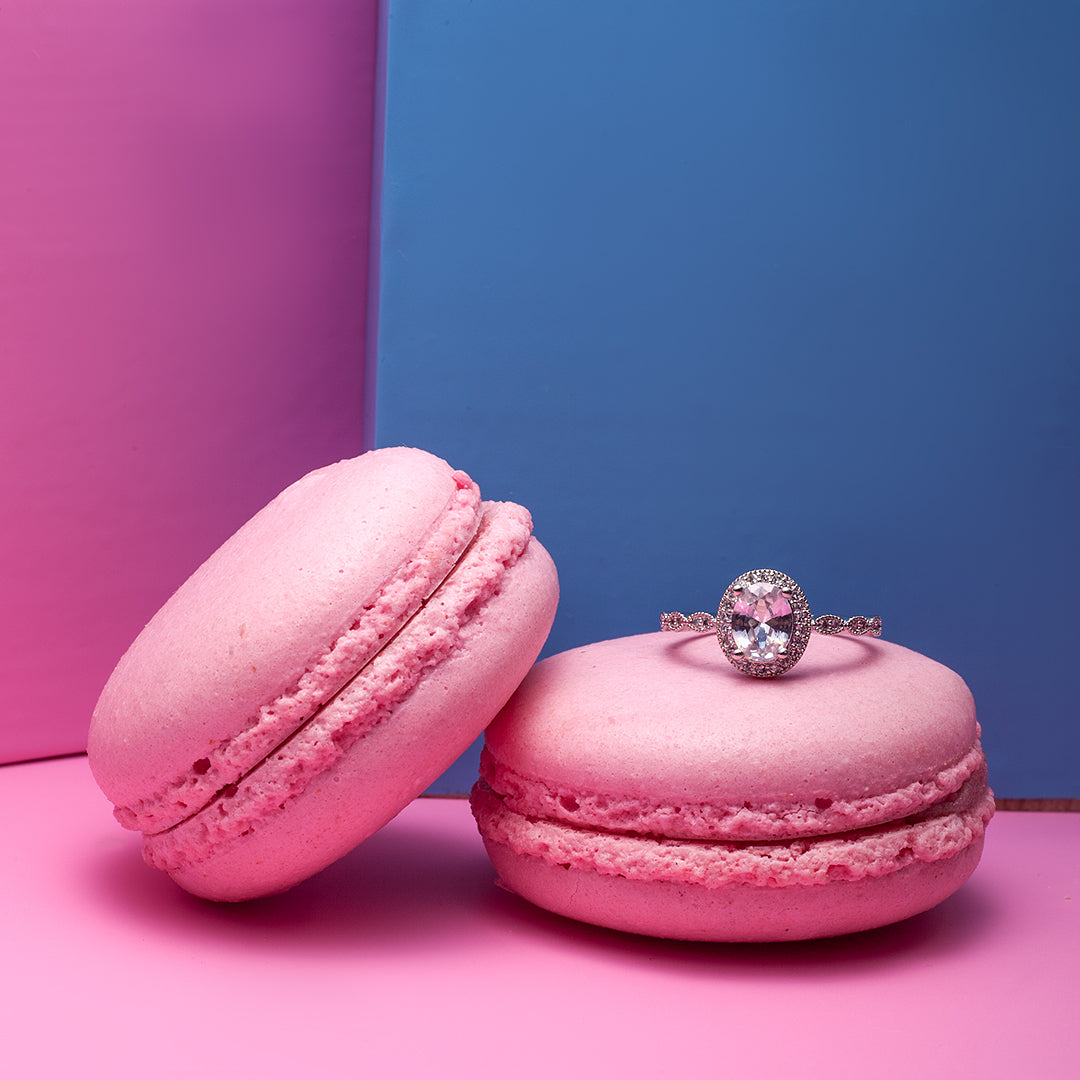
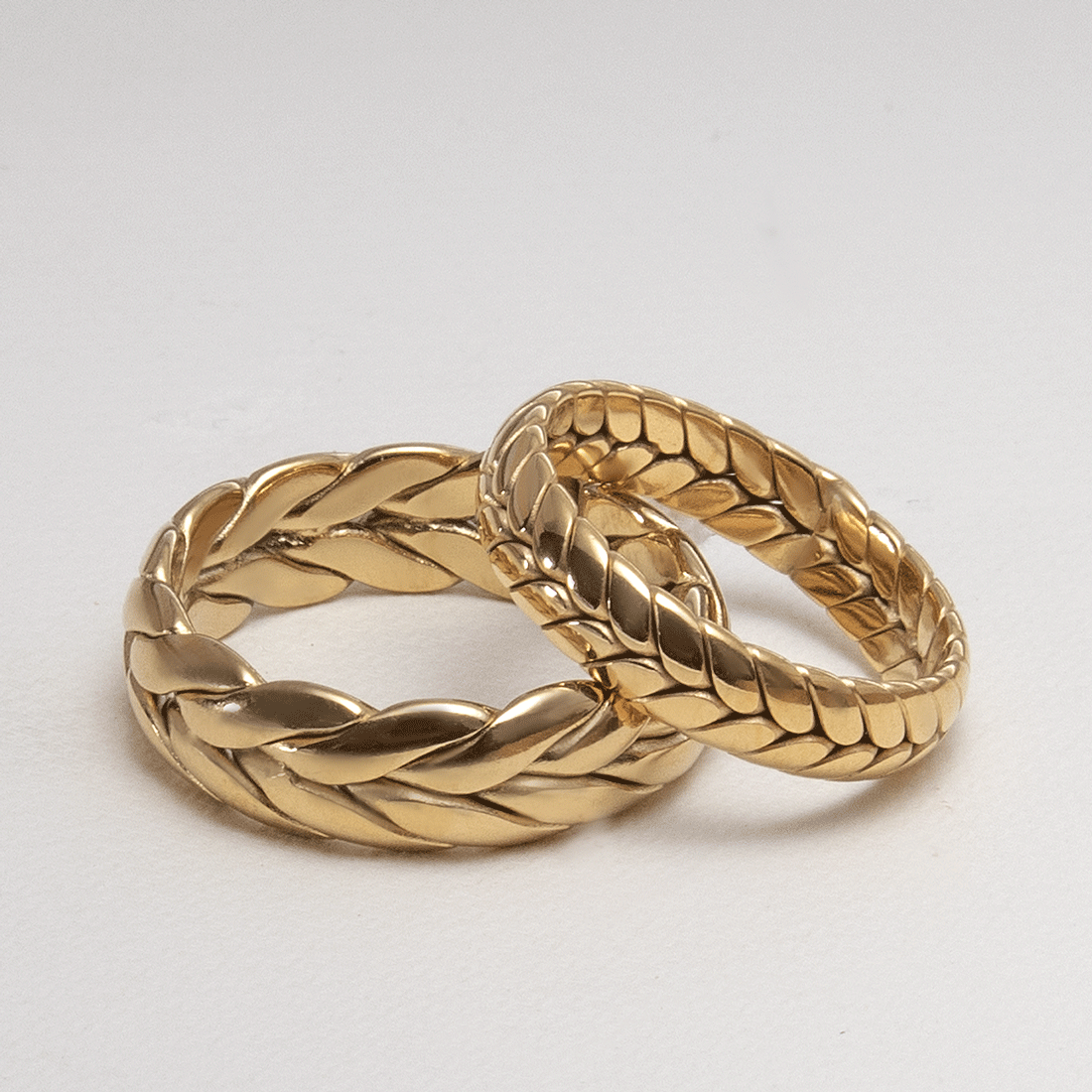
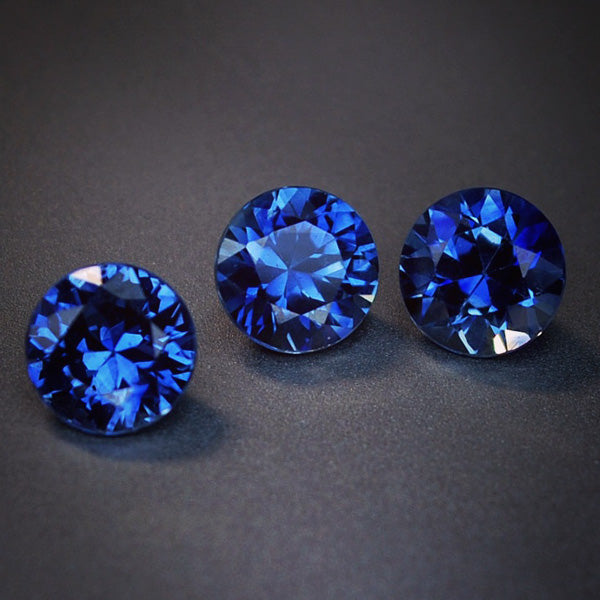
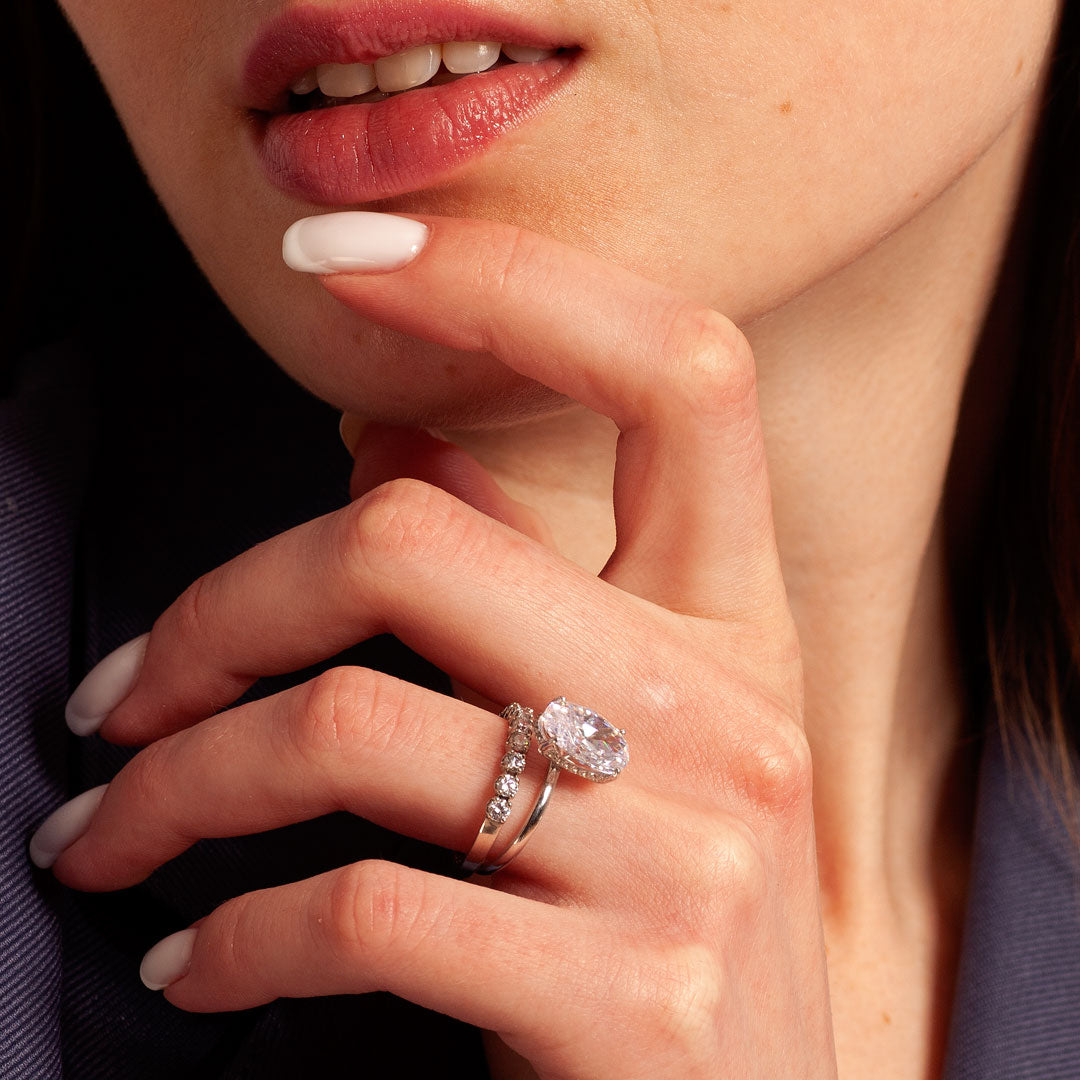

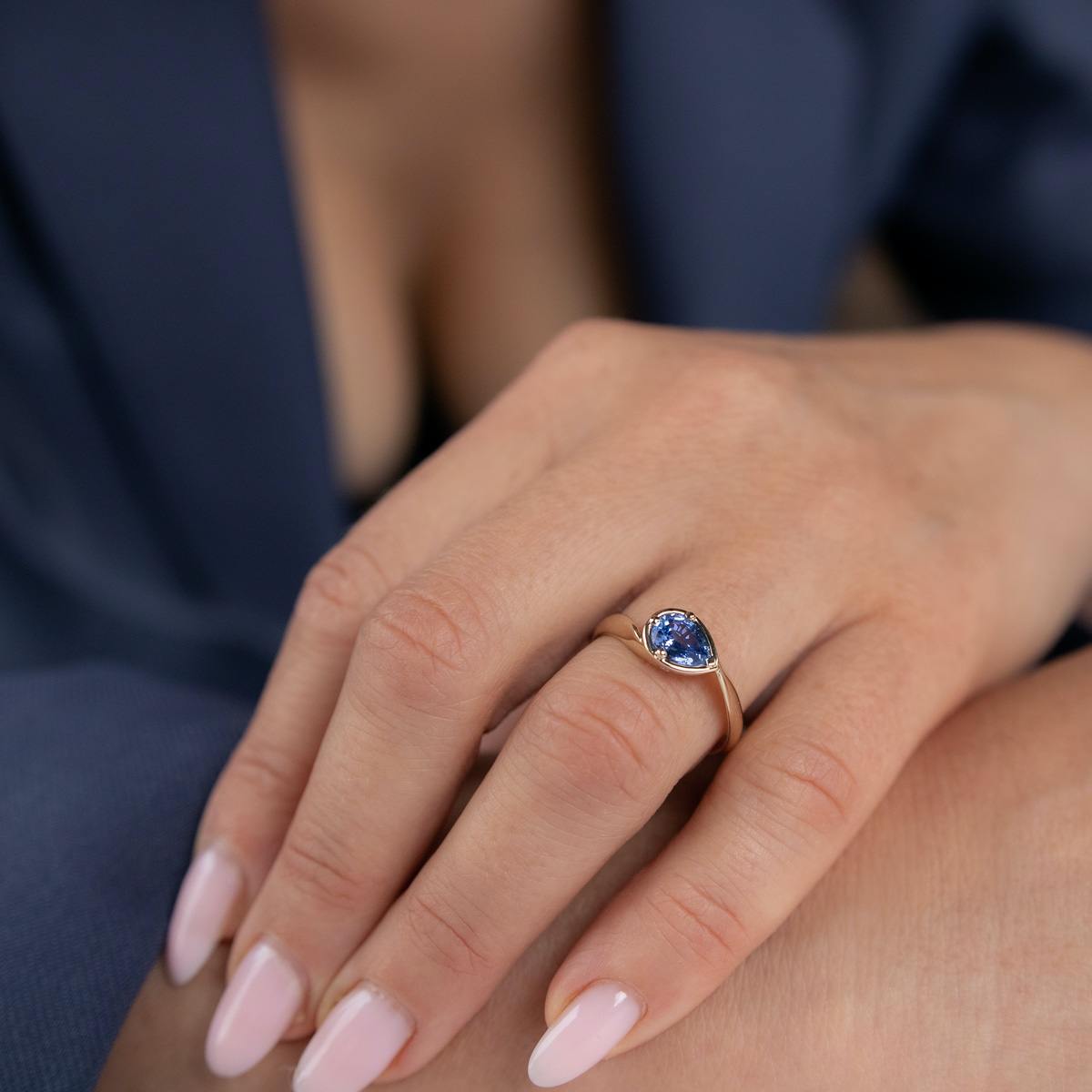

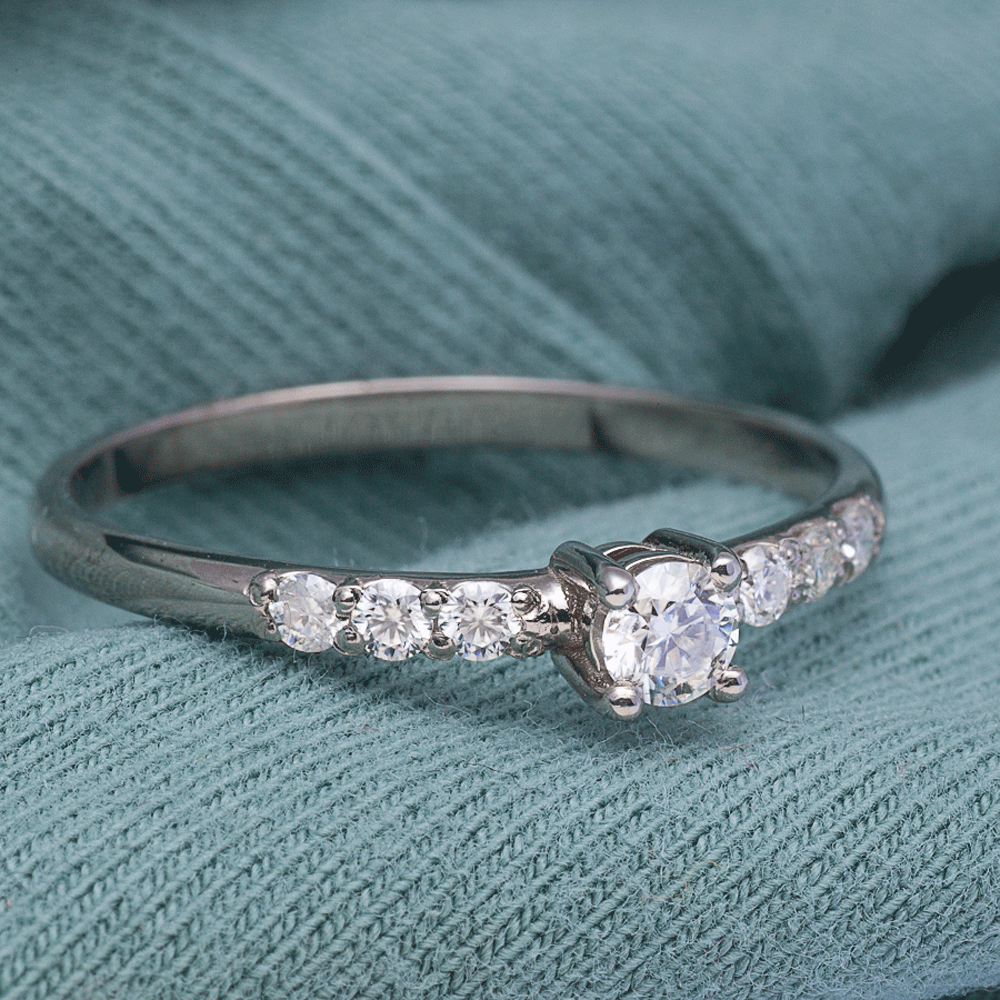
Leave a comment
This site is protected by hCaptcha and the hCaptcha Privacy Policy and Terms of Service apply.